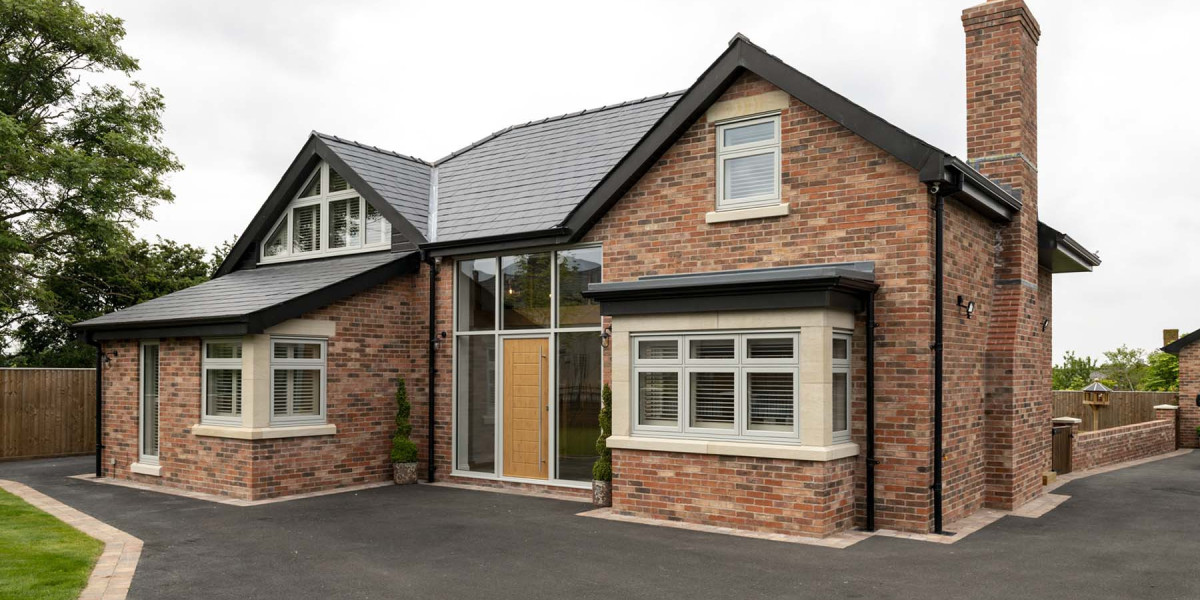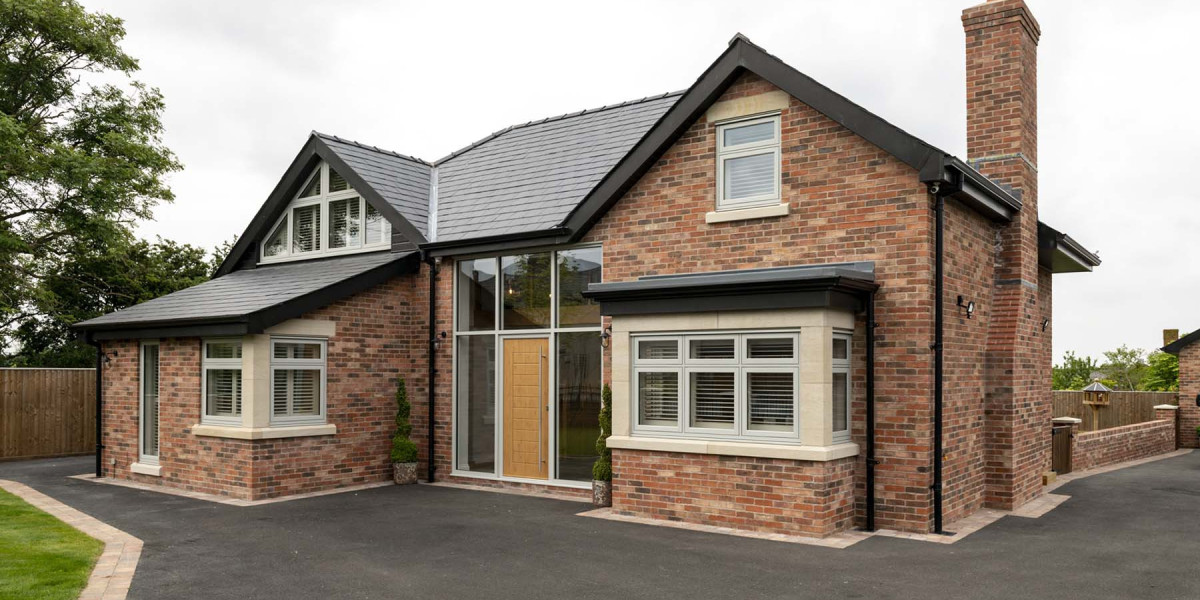Introduction
In recent years, the demand for energy-efficient building materials has surged, driven by the need to reduce energy consumption and minimize environmental impact. One of the most effective advancements in window technology is triple glazing, which involves the use of three panes of glass separated by insulating gas-filled spaces. This article explores the benefits, technology, and applications of triple glazing, highlighting its role in enhancing energy efficiency and comfort in residential and commercial buildings.
What is Triple Glazing?
Triple glazing consists of three layers of glass, typically arranged in a sealed unit. The spaces between the glass panes are filled with inert gases such as argon or krypton, which provide superior thermal insulation compared to traditional double glazing. The combination of multiple glass layers and gas fills significantly reduces heat transfer, making triple glazing one of the most energy-efficient glazing options available.
Benefits of Triple Glazing
1. Enhanced Thermal Insulation
One of the primary benefits of triple glazing is its superior thermal insulation. The multiple layers of glass and gas-filled spaces create a barrier that minimizes heat loss during colder months and reduces heat gain in warmer months. This results in a more stable indoor temperature, reducing the need for heating and cooling systems, which can lead to significant energy savings.
2. Improved Sound Insulation
Triple glazing also provides excellent sound insulation, making it an ideal choice for buildings located in noisy environments. The additional glass layer and the air gaps help to dampen sound transmission, creating a quieter and more comfortable living or working space.
3. Increased Security
The use of three panes of Glass Paritions makes triple-glazed windows more difficult to break than their double-glazed counterparts. This added layer of security can be particularly beneficial for ground-floor windows and in urban areas where break-ins may be more common.
4. Reduced Condensation
Triple glazing can help reduce the occurrence of condensation on window surfaces. The improved thermal performance keeps the interior surface of the glass warmer, which minimizes the likelihood of moisture buildup. This can lead to a healthier indoor environment by reducing the risk of mold growth.
5. Environmental Impact
By improving energy efficiency, triple glazing contributes to a reduction in greenhouse gas emissions. Buildings account for a significant portion of global energy consumption, and upgrading to triple glazing can help mitigate this impact. Additionally, many manufacturers of triple-glazed windows use sustainable materials and practices, further enhancing their environmental benefits.
Technology Behind Triple Glazing
The technology of triple glazing involves several key components that contribute to its effectiveness:
1. Low-Emissivity (Low-E) Coatings
Many triple-glazed windows feature low-emissivity coatings that reflect heat back into the building while allowing natural light to pass through. These coatings improve the overall energy efficiency of the windows and can enhance their performance in both cold and warm climates.
2. Gas Fill
The spaces between the glass panes are often filled with inert gases such as argon or krypton. These gases have lower thermal conductivity than air, which helps to reduce heat transfer. The choice of gas can impact the overall energy efficiency of the glazing unit.
3. Spacer Bars
The spacer bars used to separate the glass panes are critical for maintaining the integrity of the sealed unit. Modern spacer bars are often made from materials with low thermal conductivity, helping to minimize thermal bridging and enhance the overall performance of the window.
4. Frame Materials
The frame materials used for triple-glazed windows can also affect their performance. Frames made from materials with good thermal performance, such as uPVC, fiberglass, or wood, can further enhance the energy efficiency of the glazing unit.
Applications of Triple Glazing
Triple glazing is suitable for a wide range of applications, including:
1. Residential Buildings
Homeowners looking to improve energy efficiency and comfort often opt for triple glazing. It is particularly beneficial in colder climates where heat retention is crucial. Additionally, the sound insulation properties make it ideal for homes located near busy roads or airports.
2. Commercial Buildings
In commercial settings, triple glazing can help reduce energy costs and improve occupant comfort. Many businesses are adopting triple glazing as part of their sustainability initiatives, aiming to create more energy-efficient workplaces.

3. Passive House Design
Triple glazing is a key component of passive house design, which aims to create buildings that require minimal energy for heating and cooling. These homes are designed to be highly insulated and airtight, making triple glazing an essential feature for achieving the stringent energy performance standards of passive house certification.
4. Retrofit Projects
For existing buildings, retrofitting with triple glazing can significantly improve energy efficiency. This upgrade can enhance the thermal performance of older windows, leading to lower energy bills and increased property value.
Challenges and Considerations
While triple glazing offers numerous benefits, there are some challenges and considerations to keep in mind:
1. Cost
Triple glazing typically comes at a higher initial cost compared to double glazing. However, the long-term energy savings and increased comfort can offset this initial investment over time.
2. Weight
The additional weight of triple-glazed units may require stronger frames and structural support, which can complicate installation. Homeowners and builders should consider these factors when planning a project.
3. Aesthetic Considerations
Some homeowners may be concerned about the appearance of triple-glazed windows, particularly in historical or traditional buildings. However, many manufacturers offer a range of styles and finishes that can complement various architectural designs.
Conclusion
Triple glazing represents a significant advancement in window technology, offering enhanced thermal insulation, soundproofing, and security while contributing to environmental sustainability. As energy efficiency becomes increasingly important in building design, the adoption of triple glazing is likely to grow. By understanding the benefits and technology behind triple glazing, homeowners, builders, and architects can make informed decisions that lead to more comfortable, efficient, and sustainable living and working spaces.



